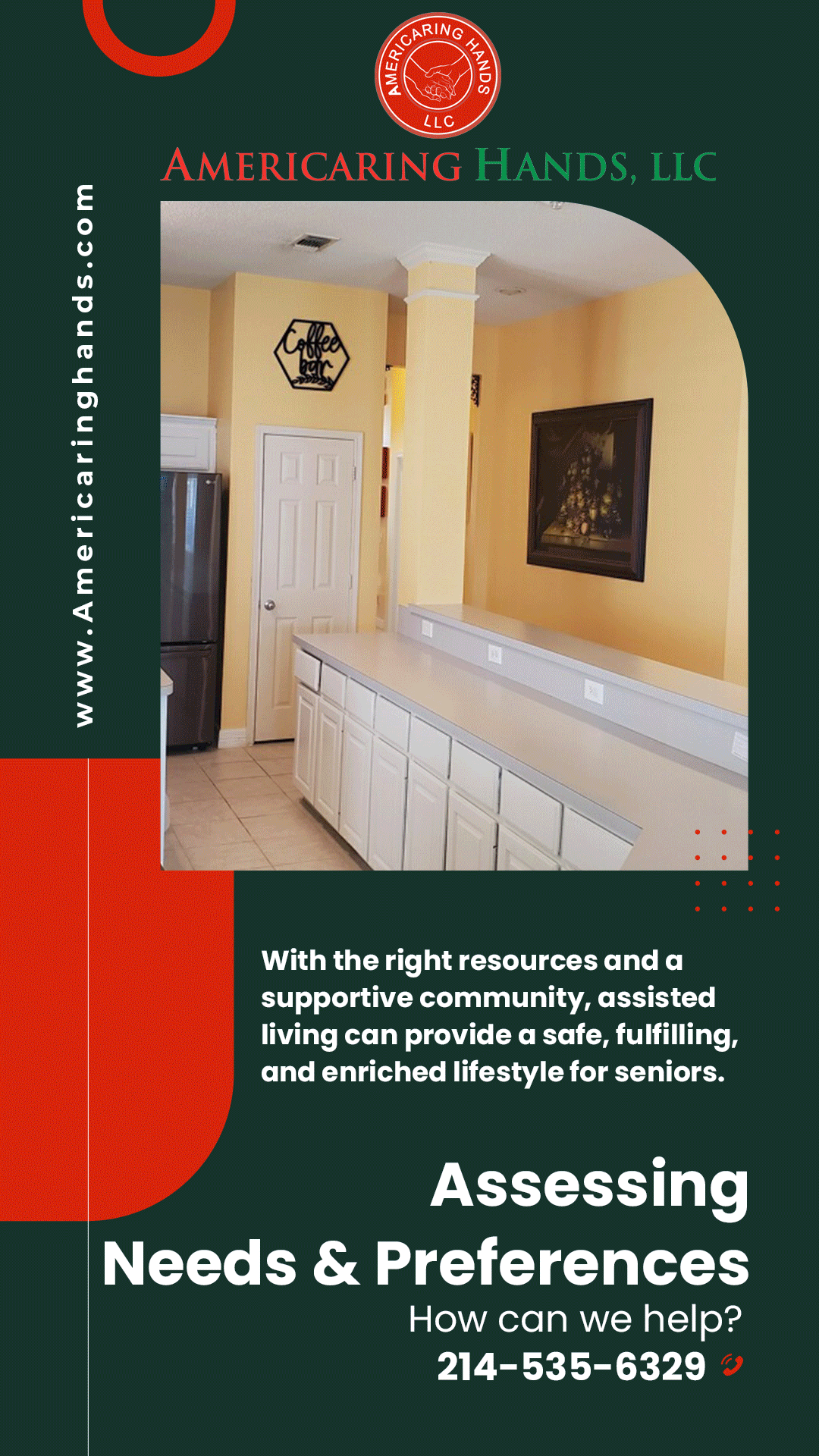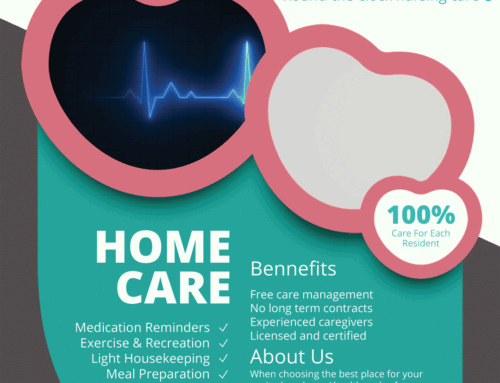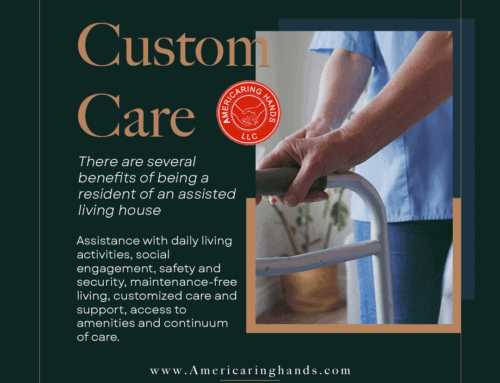Transitioning to assisted living is a significant life change that can bring a mix of emotions, challenges, and opportunities. It’s a decision that often comes with a range of considerations for both individuals and their families. However, with proper planning and support, this transition can be made smoother, ensuring a higher quality of life and peace of mind for all involved.
Assessing Needs and Preferences: The first step in transitioning to assisted living is to assess the individual’s needs and preferences. Consider aspects such as medical requirements, assistance with daily activities, social interaction, and desired amenities. This evaluation will help determine the most suitable assisted living community.
Researching and Touring Assisted Living Communities: Conduct thorough research to find assisted living communities that align with the identified needs and preferences. Explore online resources, read reviews, and gather recommendations from trusted sources. Schedule tours of the shortlisted communities to get a firsthand experience and ask questions to assess the atmosphere, services, and staff expertise.
Financial Planning: Understanding the financial aspects of assisted living is crucial. Evaluate the cost of care, including accommodation, meals, healthcare services, and additional amenities. Explore potential financial assistance options, such as long-term care insurance, veterans’ benefits, or Medicaid, if applicable. Creating a budget and exploring payment plans can help manage expenses effectively.
Downsizing and Relocating: Moving to assisted living often requires downsizing and decluttering. Assist the individual in sorting belongings, determining what to keep, donate, or sell. Hiring professional movers can streamline the process and minimize stress. Ensure a smooth transition by setting up the new living space with familiar items, personal mementos, and cherished belongings.
Emotional Support and Involvement: Emotional support during the transition is invaluable. Encourage open communication and active involvement in the decision-making process. Address any concerns, fears, or anxieties that arise. Engage in activities that promote a sense of community and help the individual adjust to the new environment.
Embracing a New Chapter: Transitioning to assisted living offers opportunities for personal growth, social engagement, and an enhanced quality of life. Encourage participation in community activities, wellness programs, and outings to foster connections and a sense of purpose. Emphasize the positive aspects of the new living arrangement and celebrate milestones along the journey.
The transition to assisted living can be an empowering and positive experience when approached with careful planning and support. By assessing needs, researching options, addressing financial considerations, providing emotional support, and embracing the possibilities of a new chapter, individuals and their families can navigate this transition successfully. With the right resources and a supportive community, assisted living can provide a safe, fulfilling, and enriched lifestyle for seniors.







 One of the biggest struggles of seniors is getting access to their needed care services, more so with skilled care. Due to their frail condition, they need to be constantly monitored and taken care of. This is why we take pride in the Round-the-Clock Nursing Care that we provide. Through this, we are able to provide skilled care to our clients at every hour of every day.
One of the biggest struggles of seniors is getting access to their needed care services, more so with skilled care. Due to their frail condition, they need to be constantly monitored and taken care of. This is why we take pride in the Round-the-Clock Nursing Care that we provide. Through this, we are able to provide skilled care to our clients at every hour of every day. Caring for seniors is the primary responsibility of their family. While most family caregivers are able to handle this responsibility, it could also keep them from attending to their personal priorities and even their job. Aside from possibly compromising the quality of life of the family caregiver, it could also put the health of the senior at risk.
Caring for seniors is the primary responsibility of their family. While most family caregivers are able to handle this responsibility, it could also keep them from attending to their personal priorities and even their job. Aside from possibly compromising the quality of life of the family caregiver, it could also put the health of the senior at risk. Living in a clean environment does not just ensure the safety of seniors, but it is also essential for their well-being. This is the main reason why we maintain a clean environment for our clients. Aside from helping them in taking care of themselves, we also provide them with a clean and healthy environment.
Living in a clean environment does not just ensure the safety of seniors, but it is also essential for their well-being. This is the main reason why we maintain a clean environment for our clients. Aside from helping them in taking care of themselves, we also provide them with a clean and healthy environment. Even doing simple personal care tasks can be a challenge for aging individuals. Although this is necessary for their health and hygiene, they just couldn’t help but struggle with it. This is exactly what our Personal Care services are for.
Even doing simple personal care tasks can be a challenge for aging individuals. Although this is necessary for their health and hygiene, they just couldn’t help but struggle with it. This is exactly what our Personal Care services are for.